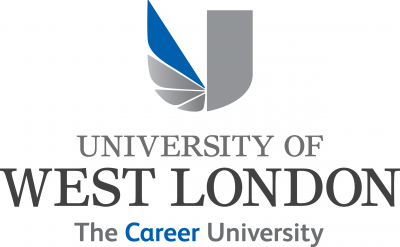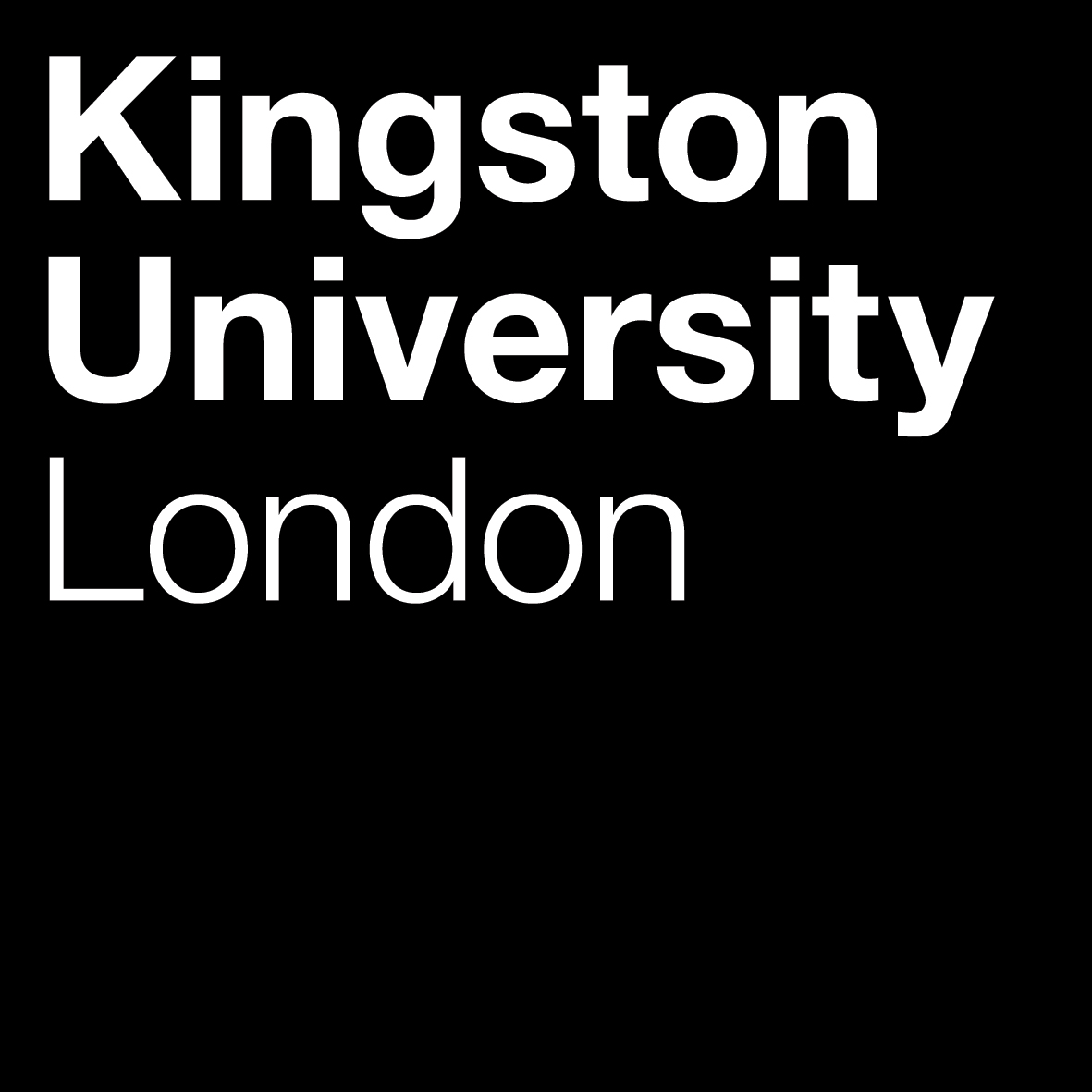1st February, 2023
Transitioning Beyond Academia
Dr Gemma Outen
2nd July, 2021
Vanessa Corby, Associate Professor Theory, History, and Practice of Fine Art at York St John University, UK
In my role at York St John University, I have supported its new UoA32 Art and Design submission from 2015-2021. The inclusion of practice within the UKRI’s REF regulations signals in black and white, loud and clear under Panel D’s Criteria and Working Methods, that research can be legitimately generated through a broad range of outputs. And yet in contravention of those regulations, practice-based colleagues continue to have the significance of what they do undermined and rejected by HEIs that will not support them.
To qualify this opening gambit with an anecdote, in February 2020 I happened to be at the College Art Association Annual Conference in Chicago. I went along to a panel to support an ECR colleague but had the happy accident of hearing a presentation on an outstanding UK practice-based research project on the significance of form and material for design communication. It had everything, falling short of a choir of angels, and even a REF neophyte like me could see it was 4*. But, as the presenter informed us in the Q&A, the project would not count as research towards REF at their institution, unless it was ‘written-up’ for peer-review publication.
I’d like to say this is an isolated incident, but if you’re reading this you probably already know it’s not. The failure to see the richness of what our sector has to offer, not to mention the impact of such attitudes on the aspirations and well-being of individual colleagues and departmental research cultures is profoundly frustrating and troubling. It seems that practice is a risk some institutions are not willing to take, even though an insistence on standard outputs is a high road to lacklustre results for those unaccustomed to that mode of writing. What is it that keeps on sustaining the gap between this perception of risk and REF’s regulations? And how might that gap be bridged to generate greater institutional confidence in practice-based research for REF?
It is very easy to paint the REF managers and institutions who exclude practice-based research as villainous guardians of Western Rationalism. It’s easy because the value systems of the twenty-first century’s capitalist knowledge economy and its denigration of the arts are rooted in that ideological lineage. For the likes of me, passing judgment in this vein offers the satisfaction of a moral high ground but, the pragmatist in me knows that othering the institution and its respective ignorance of other forms of knowledge won’t create a culture of change. After working on REF for six years, I’m wondering if it might be more fruitful to situate such institutional policy makers in a similar predicament to arts undergraduates?
No, I’m not fishing for new ways to belittle middle and senior University management; I am deadly serious. In my non-REF life, my job as an educator is to equip arts undergraduates with the ideas and vocabulary that will enable them to articulate why making things matters. Undergraduates often encounter society’s denigration of the arts first-hand via friends and family that tell them they have gone to Uni just to ‘draw pictures’, or in the case of photography ‘press a button’ or, in the case of painting ‘make pictures from photos’. In order to arm undergrads against this mimetic unskilled vision of art, I have to address the source of that misconception accrued over years of exposure popular representations of art and artists.
In the popular imagination art is a highly privileged form of cultural production, removed from everyday life. Art’s value in this context is defined economically and by the commonly held assumption that first and foremost art should be aesthetically pleasing. The work of ‘great’ (white, male) artists commands eyewatering price tags and blockbuster retrospective exhibitions and streaming-service bio-pics are organised according to outmoded principles of expression, stylistic innovation and mastery over materials. Those ideas may have fuelled the aspirations of our undergraduates, but if left unchecked they will ultimately impede their achievements and ambitions. After twenty years of teaching, I know that if I don’t prepare the ground well enough anything I say about the social and cultural significance of art just collapses right back into those preconceptions. My hunch is that a large part of the struggle for legitimacy for practice-based research in the academy is a corollary of these wider, popular perceptions of art and artists. While we may draw on the imperatives of practice to articulate the originality and significance of our research, this predetermined receiving context can inhibit how much REF managers can hear. When the biographical, mimetic, self-serving preconception of art is supplemented by the poor performance data for practice from RAE 2001, 2008 and REF 2014 it’s a done deal; the gap between risk and REF regulation is too great, practice is out, no matter how much Anne Boddington, Chair of UoA 32 affirms its equal value.
A different way forward could be to shift internal institutional scrutiny from individual outputs and practitioners to a strategic and rigorous approach to the unit process itself. This is an approach I stumbled on, while developing a page for our unit on the University’s VLE. The UoA 32 page started out from purely pragmatic reasons; it was a new unit, and there was a lot of information in the workshops that needed to be archived and yet accessible. The unit also needed a platform that could be used to submit draft outputs with large file sizes for peer-review by our critical friend and a holding site for the final submissions. The VLE offered an easy solution.
The idea of foregrounding the rigour of the REF process to the institution began to take shape after a workshop that aimed to build staff confidence in REF by dispelling the perception that it and RAE 2001 and 2008 had been biased against practice. The session shared extracts from two extremely useful papers published in the Journal of Media Practice (Adams, 2013; Adams & McDougall, 2015) which referred readers back to the 2001 and 2008 RAE Subject Overview Reports that stated “where practice work was assessed as less excellent than might otherwise have been the case, the reason frequently lay in a failure to observe the guidelines for supporting statements, which should have provided creative contexts and processes that framed the originality and significance of the work in research terms”’ (Adams’ emphasis, 2013, 282). Adams and McDougall established a straightforward causal link between success in REF and clear and concise narratives aligned to its definition of research; grounded in a distinction between outputs and the work of practitioner.
It was in disseminating these papers in full to staff via the VLE that I realised how useful they would be for managers unfamiliar with practice. Adams and McDougal’s call for clarity and transparency not only formed the backbone of the unit’s strategy for outputs but also its approach to the REF process itself. I enrolled staff from our Research Office and key figures in the University who had responsibility for REF, inviting them to see and by default monitor that process. By 2021 the VLE contained:
VLEs are a pervasive tool in HEI teaching practice, and like lots of the other communication skills we mobilise when teaching undergrads, they can be harnessed for other applications across universities. Every time a manager’s inbox received an alert to new activity and content on the page do I think they dutifully looked at it? Of course not. But even the briefest of glances at this VLE conveyed was that this new unit meant business; it identified the cause of previous poor performance and a formulated a clear output strategy aligned to the REF’s definition of research that was embedded in the form they and the statements would take. What is more this approach didn’t add work, it merely document it, saving time later that would otherwise have been spent on emails and file sharing etc. The relative success or failure of that strategy in terms of REF remains to be seen. What I hope this method communicated to the institution, however, was a systematic approach to the articulation of the research value of practice. Regardless of the knowledge base of the reader, the VLE clearly operated in excess any expectations of biographical and economic remit of art and artists and hopefully went some way to close the gap between REF’s regulations and the perception of risk for the unit.
You've been waiting for it and our May newsletter is here! -> bit.ly/3M9ICG6 pic.twitter.com/Iug9eWimQQ





